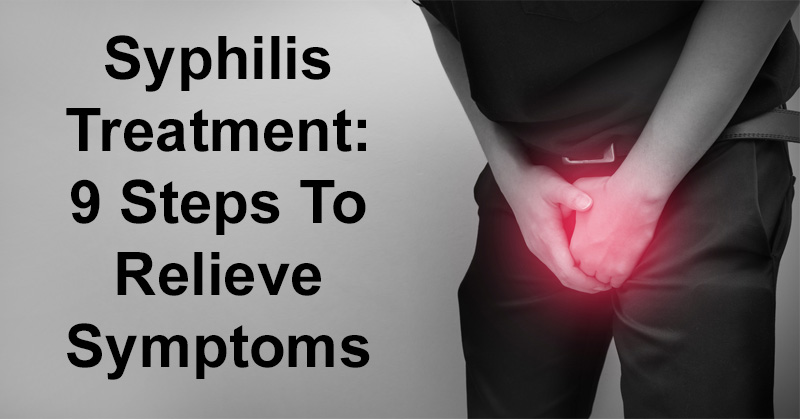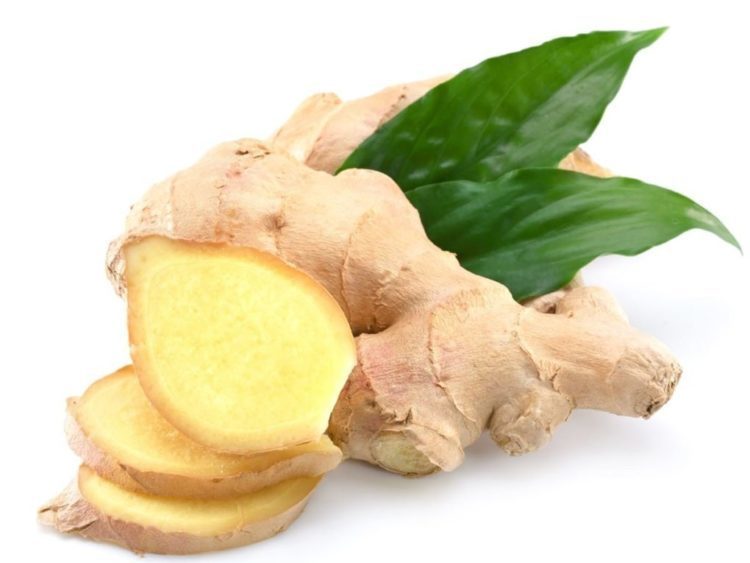Syphilis is a common sexually transmitted disease. The condition is curable, but if left untreated it can cause serious health conditions and even death. On average, an estimated 357 million annual new sexually transmitted infections worldwide are transmitted from chlamydia, gonorrhea, syphilis and trichomoniasis. This mammoth number includes the nearly 1 million pregnant women per year who have syphilis. Syphilis can be passed to an unborn baby. In 2012, syphilis was responsible for 350,000 adverse birth outcomes and stillbirths. (1, 2) Here are the key syphilis symptoms and syphilis treatment methods.
Syphilis Symptoms
Syphilis spreads through physical contact with an infected partner, typically sexual contact although non-sexual transmission is also possible. Infection occurs when the bacteria enters the body through mucous membranes such as in the vagina, mouth, nose, or anus. It can also enter through any cut or open wound. (3)
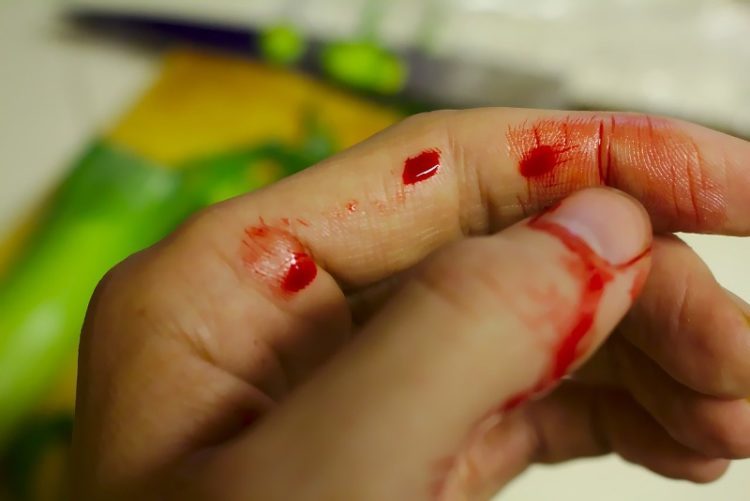
Syphilis symptoms depend on the stage of the disease. The infection progresses at a different rate depending on the person, but it generally has four distinct stages. Many people in the early stages of syphilis symptoms do not know they have syphilis. Seemingly, they are able to resolve the infection themselves without treatment. However, unless the bacteria are killed with antibiotics, the disease continues to lurk in the body. The infection can cause damage that can ultimately lead to death.
Here are the syphilis symptoms broken down by stages.
Syphilis Stages
Primary
This first stage begins anywhere from 10 to 90 days after exposure to the bacteria. Studies show the average incubation time between exposure and the primary stage is approximately three weeks. The initial sign is that sores or ulcers — called chancres — occur at the original site of the infection. This is most typically on or around the genitals, anus, in the rectum, or in or around the mouth.
The sores are usually round, firm and painless. However, they may have a slightly different appearance depending on the person. A single sore or multiple sores may appear, and as they are not painful, they may go unnoticed. The ulcers, or chancres, last three to six weeks and heal without treatment. Enlarged lymph nodes in area of the initial infection may also occur.
However, if syphilis is not diagnosed and antibiotics are not taken as prescribed, syphilis will progress to the next stage, the secondary stage.
Secondary
In this stage, syphilis symptoms become a bit more pronounced. The disease progresses through the blood to the skin, liver, lymph nodes, muscles and brain. Six weeks to three months after the primary stage symptoms have healed, the secondary stages typically begins. A rash will appear indicating the second stage of this sexually transmitted disease. The rash may appear as small blotches or indented circles. There may be pink patches or thick gray patches — the rash can, and does, differ from person to person. (4)
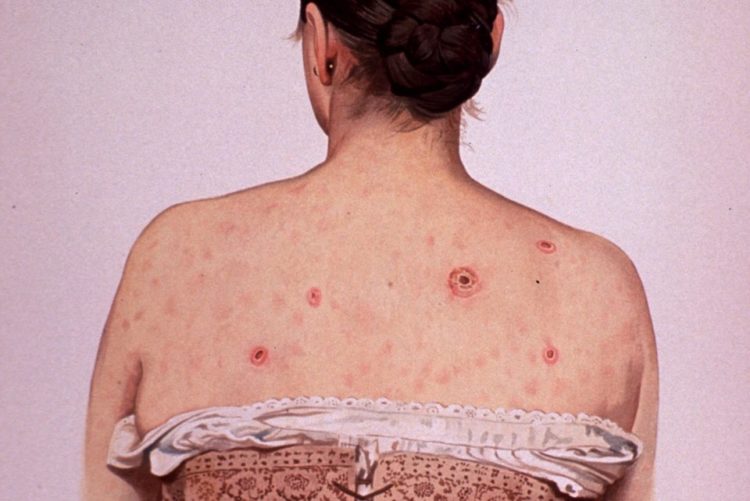
The skin rash can appear on palms of the hands, soles of the feet, arms, legs and trunk. White patches inside the mouth, vagina and other mucous membranes can also appear. Thick gray or pink patches of skin can occur. Other skin issues can include moist, wart-like patches in the genitals or folds of skin. Other symptoms can include fever, malaise, loss of appetite, weight loss, muscle aches and joint pain. Sore throat, hair loss, vision changes and extreme fatigue can also occur.
Without treatment, the disease will continue to progress to the third stage of syphilis, the latent stage.
Latent
This is the stage that is most confusing to patients and the most frustrating to researchers. During the latent stage, there are no signs or visible syphilis symptoms, but the disease is still active in the body. The bacteria continues to live in the lymph nodes and the spleen. For patients, the troublesome syphilis symptoms are gone and often forgotten. (5)
This stage can last for many years, even for the remainder of life if proper treatment with antibiotics and follow-up testing are not adhered to. For patients who get to the latent stage, approximately one-third will progress to the final stage, what’s known as the tertiary stage.
Tertiary
This is the stage where syphilis becomes a severe medical problem. It harms the brain, heart, blood vessels, central nervous system, liver, bones and joints. This stage is very serious and typically occurs somewhere between 10 and 30 years after the initial infection. The damage caused to the organs, brain and central nervous system can result in death. (6)
Heart damage, valve disease, tumors on liver, skin or bones, and central nervous system disorders (neurosphyilis) can all occur. Joint pain, paralysis, coordination problems, loss of sensation and blindness (ocular syphilis) are also possible. Deterioration of intellectual function, personality changes, impotence, nerve damage and brain damage are other symptoms.
9 Steps To Treat Syphilis Symptoms
Syphilis is a serious medical condition. Syphilis treatment requires antibiotics until the infection is gone. Natural syphilis treatment methods can manage syphilis symptoms and symptoms caused by the medications.
1. Probiotics
When taking antibiotics, it is essential to consume probiotic-rich foods. Also, take a high-quality SBO probiotic with 50 billion CFU. Antibiotics kill not only the bad bacteria in your system, but the healthy bacteria in your gut. Restoring healthy bacteria with probiotics can help to restore the balance in your gut, and for women, prevent bothersome vaginal yeast infections.
2. Vitamin B12
When fighting an infection as serious as syphilis, eat a balanced diet and treat any vitamin or mineral deficiencies. Vitamin B12 deficiencies are fairly common, particularly for vegans and vegetarians. Deficiency of this key nutrient manifests in a lack of motivation, low energy, muscle tension and mood swings. Many of these symptoms mirror syphilis symptoms, compounding their effect on our bodies. (7)
Adults are recommended 2.4 micrograms of B12 every day. Look for a high-quality supplement and enjoy vitamin B12 rich foods like organic yogurt. Optimal vitamin B12 levels will help to relieve fatigue and depression and boost nervous system function.
 3. Mugwort
3. Mugwort
Joint pain is a common symptom of syphilis and finding relief can be tricky. Mugwort has been shown to reduce joint pain and improve mobility. Mugwort oil in the treatment of syphilis has demonstrated antifungal and anti-inflammatory properties. Select a high-quality tea or essential oil and follow the recommended dosing.
If you are allergic to the following foods, mugwort is not recommended and should be avoided. This includes peaches, apples, sunflowers, celery, tobacco, chamomile, marigolds, daisies, ragweed and chrysanthemums.
4. Epsom Salt Bath
Soaking in a warm bath fortified with Epsom salts can help to relieve both joint and muscle pain associated with syphilis. The skin absorbs the minerals in the Epsom salts. They help relieve pain by lowering the inflammation in the body. Run a warm bath, add two cups of Epsom salts and a few drops of your favorite essential oil to help you relax and enjoy the bath. Repeat daily to keep inflammation down.
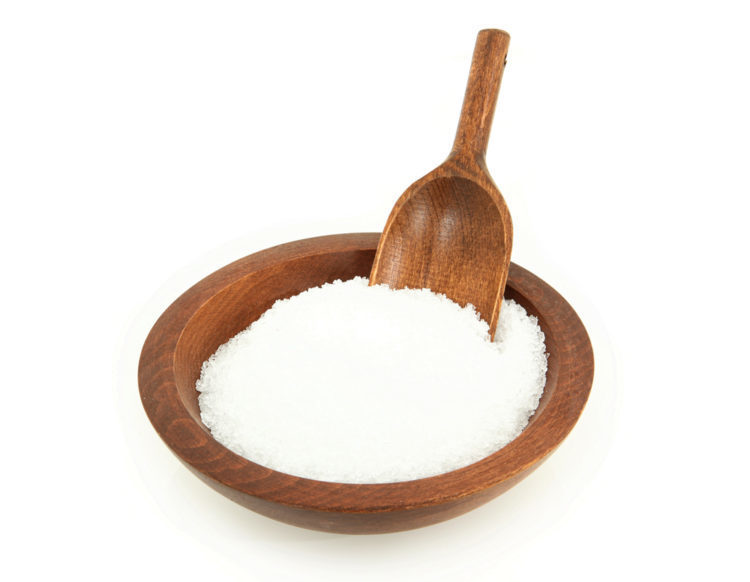
5. Exercise
Staying active while fighting syphilis can help to reduce stress, anxiety, and depression, help to stretch sore muscles, and give you a boost of energy. As fatigue is a common symptom, find an activity or exercise that works for you while healing. Exercise at your own pace, as you may be more tired than usual. Pilates, yoga, walking and burst training are all great options during this time.

6. Collagen
Syphilis affects both physical and mental health, skin and joints, and, as it progresses, virtually every organ in the body. Boosting your consumption of protein is essential to the health of all of these areas. While your body produces collagen, as we age we often don’t produce enough to keep our skin soft. College also keeps joints lubricated and flexible, and our bones strong. Collagen rich foods like a high-quality collagen protein powder and eggs should be included in the diet during healing.
7. Ginger
Nausea and digestive distress is a common symptom of syphilis. Ginger has been used across the globe for generations to relieve nausea. It is safe and effective for virtually everyone. To make a soothing ginger tea, purchase a large piece of organic ginger root and peel about a 3-inch piece. Smash it gently to release the natural oils and place it in a pan with a couple of quarts of water. Bring to a boil and then reduce to a simmer for 15 minutes. Add a touch of raw honey for sweetness to your cup, and enjoy fresh ginger tea whenever you experience nausea.
8. Massage
Massage therapy is a great way to reduce pain, depression, anxiety and fatigue, and to boost the immune system while fighting syphilis. Regular professional massages benefit your lymphatic system, brain, and, of course, your muscles and joints. Schedule a massage at least monthly, and preferably bi-monthly while you are healing.

9. Aloe and Lavender Rash Cream
In the secondary stage of syphilis, a widespread rash is common. You can employ a natural syphilis treatment to cope with the symptoms, which is a DIY rash cream. This recipe contains a soothing combination of cocoa butter, grapeseed oil, bentonite clay, aloe, lavender and witch hazel. Mix as directed, apply, and allow to dry for 15 minutes before rinsing off with warm water. It is great to do just before you take a relaxing Epsom salts bath as suggested above.


